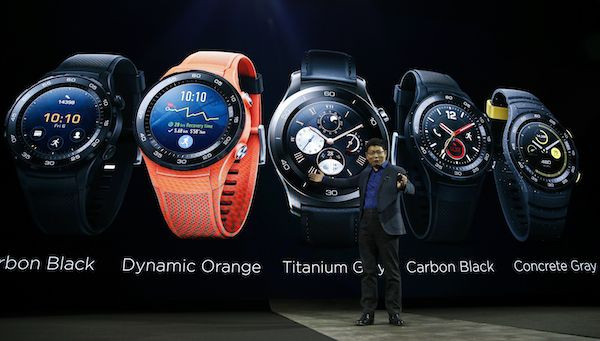Smartwatch Market Predicted To Gradually Grow Despite Limitations Of Technology

Smartwatches have been rapidly evolving, with consumers seeing new and more advanced features getting added to the wearables every year. However, industry sources have recently pointed out that despite the continued efforts to enhance the technology, it is still far from becoming mainstream. Furthermore, the limitations of the smartwatch technology inhibit it from achieving the same success as the currently ubiquitous smartphone.
On Tuesday, industry watchers told South Korean publication The Investor what they think of the smartwatch market. They predict the global smartwatch market to slowly grow. And though the market’s growth is not anticipated to be exponential, it’s still pretty clear that upcoming smartwatches will be smarter and more standalone than their predecessors.
U.S. research firm Strategy Analysts claims that by 2022 the global smartwatch market could grow to 100 million units, which is way more than this year’s 29.7 million units. As of late, Apple has the biggest lead in terms of market share. The Cupertino giant has a 55 percent share after selling 11.6 million smartwatches in 2016. Samsung has the second largest market share with 11.4 percent share after selling 2.4 million units.
The smartwatch market saw a very large growth of 350 percent in 2015 on-year, but things quickly turned around such that the rate plummeted to just 1 percent a year later. In 2016, the estimated number of smartwatches shipped was 21.1 million. Compared to the 1.5 billion shipped smartphones in the same year, it’s easy to see that smartwatches are still far from becoming widespread.
Korea Institute for Industrial Economics & Trade researcher Kim Jong-ki explained why the smartwatch still fails to catch up on the smartphone’s success. “The slow growth is simply because smartwatches have no killer apps, functions or content to make consumers — who already own smartphones — open their wallets,” Kim said.
Kim’s statement really reflects the present situation of the smartwatch market. Apparently, many consumers are still hesitant to spend money to purchase a smartwatch. This is because the features of smartwatches still lack standalone capabilities. Most smartwatches out today only do pretty standard things like tell the time, receive message notifications, make phone calls and keep track of physical activities.
Since last year though, more and more smartwatch manufacturers started focusing in adopting fitness and health-care functions into their devices. The move is seen by analysts as a way to distinguish smartwatches from smartphones. Nevertheless, there are challenges that limit the health-centric side of smartwatches.
“Health care services of smartwatch still have limitations because professional medical care cannot be involved in digital fitness devices due to regulations,” LG Economic Research Institute researcher Shin Jae-wook said. “But for sure, there are needs in health care among digital device users. So that is a challenge the tech firms should solve.”
Even though the global smartwatch market is anticipated to grow slowly, companies do not feel discouraged in releasing new devices. In fact, Samsung Electronics has just unveiled its new Gear Sport and Fit2 Pro devices. On the other hand, Apple is believed to be introducing the Apple Watch Series 3 on Sept. 12, while Fitbit has launched its Fitbit Ionic smartwatch recently.
© Copyright IBTimes 2024. All rights reserved.




















